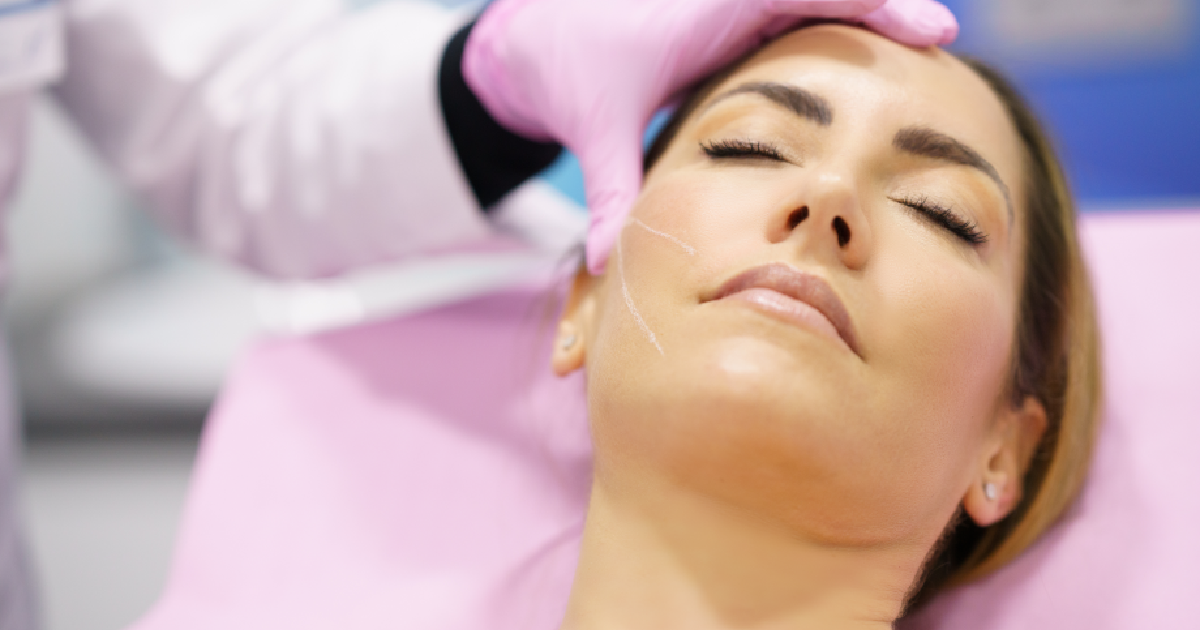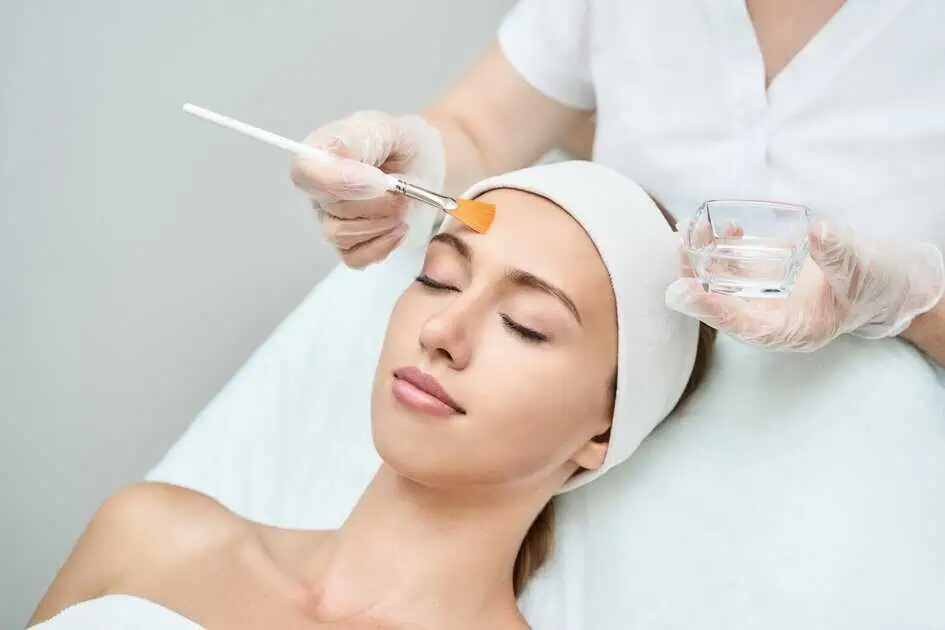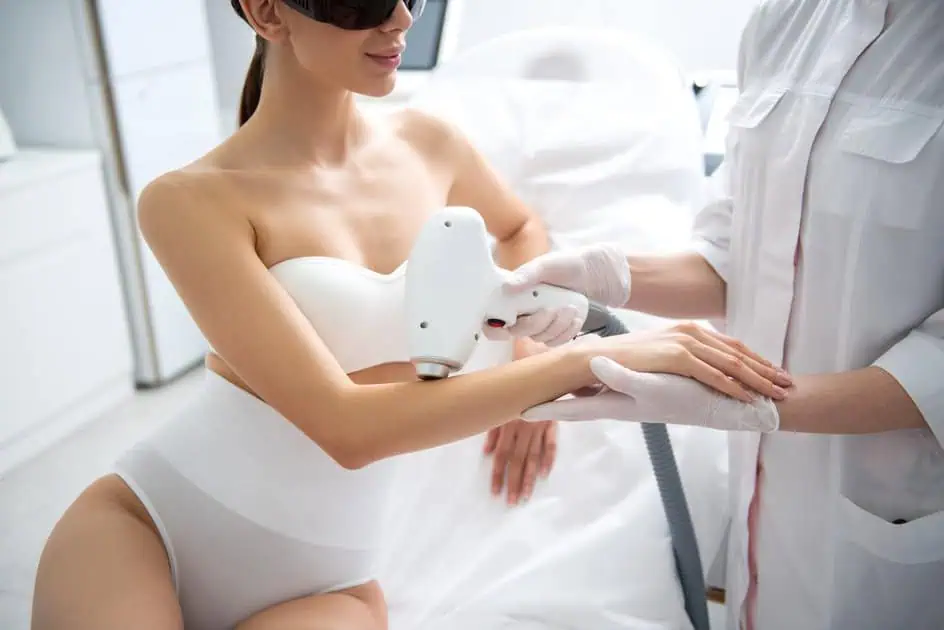Table of Contents
Spider veins are small, visible veins that usually appear on the legs or face. They look like thin, web-like red, blue, or purple lines. While they may affect the appearance of your skin, spider veins are typically harmless and more of a cosmetic concern than a health threat. However, understanding how they form and when to seek treatment can help you make informed decisions about your vein health.
What Are Spider Veins?
Spider veins, medically known as telangiectasia, are tiny blood vessels that appear close to the skin’s surface. They most often develop on the legs and face and can resemble tree branches or spider webs.
Although they are related to varicose veins, spider veins are smaller, usually painless, and don’t bulge from the skin’s surface.
How Do Spider Veins Form?
Veins carry blood back to the heart, using a series of one-way valves to prevent backflow. Spider veins form when these valves weaken or fail, allowing blood to pool in the vein. This increased pressure causes the vein walls to stretch and become visible under the skin.
In the legs, this is typically due to gravity and pressure from standing. On the face, spider veins can form due to sun damage, increased facial pressure (from sneezing or coughing), or trauma to the skin.
Are Spider Veins and Varicose Veins the Same?
No. While both result from valve failure and blood pooling, varicose veins are larger, bulging, and more likely to cause pain, swelling, and other symptoms. Spider veins are smaller and usually painless, though they may cause mild itching or discomfort in some cases.
Common Risk Factors for Spider Veins
Understanding what causes spider veins can help you take steps to prevent them. The most common risk factors include:
- Age: Vein walls and valves weaken naturally over time.
- Hormonal changes: Pregnancy, menopause, or birth control use can increase risk.
- Genetics: Family history plays a significant role.
- Body weight: Excess weight increases pressure on leg veins.
- Prolonged standing or sitting: Lack of movement reduces blood flow efficiency.
- Sun exposure: UV rays can damage facial blood vessels.
- Pregnancy: Hormonal changes and increased blood volume strain the veins.
- Smoking: Damages blood vessels and impairs circulation.
Are Spider Veins a Health Concern?
In most cases, spider veins are not dangerous. They are typically painless and do not affect your overall health. However, they can signal early vein valve issues, which could develop into more serious conditions if left unmanaged, especially if you’re experiencing leg swelling, heaviness, or fatigue.
Medical evaluation may be helpful if spider veins are rapidly increasing, causing discomfort, or if there’s a family history of vein disease.
Treatment Options at Afzal Clinics
At Afzal Clinics, we offer expert care for both the appearance and the underlying causes of spider veins. Depending on your condition, treatment options may include:
- Sclerotherapy: A safe injection that collapses spider veins, causing them to fade.
- Laser Therapy: Ideal for small facial spider veins; uses focused light to destroy the vein.
- Lifestyle guidance: Preventive strategies to reduce future spider vein formation.
Aftercare and Prevention
Following treatment, good habits can help prevent new spider veins from forming. These include:
- Regular exercise to support healthy circulation
- Avoiding long periods of sitting or standing
- Wearing compression stockings if advised
- Protecting your skin from the sun
- Maintaining a healthy weight
- Avoiding smoking
FAQs About Spider Veins
Q: Are spider veins a sign of poor circulation?
A: Not necessarily. They indicate minor valve failure in small veins but don’t typically suggest serious circulation issues.
Q: Can spider veins go away on their own?
A: No. Once formed, they don’t disappear without treatment. However, their progression can be slowed.
Q: Do spider veins hurt?
A: Usually not, but some people may experience itching or mild discomfort, especially in the legs.
Q: How many treatments will I need?
A: It varies. Many patients see improvement after one session, but multiple treatments may be necessary depending on the size and number of veins.
Q: Are treatments safe?
A: Yes. Sclerotherapy and laser treatments are FDA-approved and safe when performed by qualified professionals.
Book a Consultation Today
Spider veins may not be dangerous, but they can impact your confidence and may indicate minor circulation issues. At Afzal Clinics, our specialists combine medical expertise with cosmetic care to treat spider veins effectively and safely.
Schedule your consultation today at our Fridley, Edina, or Minneapolis locations and get clearer, healthier-looking skin – just in time for summer.
Let me know if you’d like meta titles, descriptions, or social captions to go along with this.




